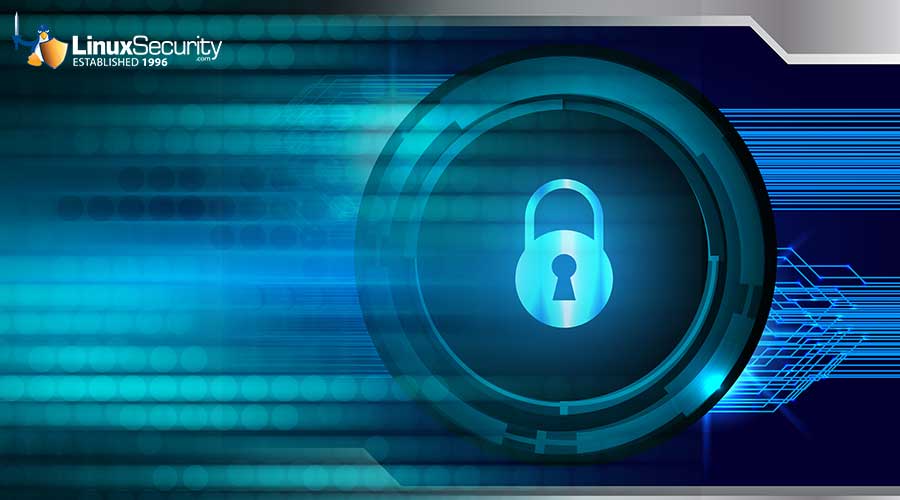CERT Summary Released
Tuesday, February 29, 2000
Each quarter, the CERT Coordination Center (CERT/CC) issues the CERT
Summary to draw attention to the types of attacks reported to our
incident response team, as well as other noteworthy incident and
vulnerability information. The summary includes pointers to sources of
information for dealing with the problems.
Past CERT summaries are available from
https://www.sei.cmu.edu/about/divisions/cert/index.cfmsummaries/
______________________________________________________________________
Recent Activity
Since the last regularly scheduled CERT summary, issued November 1999
(CS-99-04), we have published information on distributed
denial-of-service tools and developments. We also continue to receive
reports of intruders compromising machines by exploiting
vulnerabilities in BIND, Vixie Cron, WU-FTPD, and RPC services.
Additionally, we have published information on malicious HTML tags
embedded in client web requests.
1. Distributed Denial-of-Service Developments
We continue to receive reports of intruders compromising machines
in order to install software used for launching packet flooding
denial-of-service attacks. For more information, please see
CERT Incident Note IN-2000-01 Windows Based DDOS Agents
https://www.sei.cmu.edu/about/divisions/cert/index.cfm
CERT Advisory CA-2000-01 Denial-of-Service Developments
https://www.sei.cmu.edu/about/divisions/cert/index.cfmadvisories/CA-2000-01.html
CERT Advisory CA-99-17 Denial-of-Service Tools
https://www.sei.cmu.edu/about/divisions/cert/index.cfm
ls.html
CERT Incident Note IN-99-07 Distributed Denial of Service
Tools
https://insights.sei.cmu.edu/library/1999-cert-incident-notes/
Results of the Distributed-Systems Intruder Tools Workshop
https://insights.sei.cmu.edu/library/
2. BIND Vulnerabilities
We continue to receive reports of intruders compromising machines
by exploiting vulnerabilities in BIND. For more information,
please see
CERT Advisory CA-99-14 Multiple Vulnerabilities in BIND
https://www.sei.cmu.edu/about/divisions/cert/index.cfmadvisories/CA-99-14-bind.html
3. Multiple Vulnerabilities in Vixie Cron
Compromises involving the exploitation of several vulnerabilities
in the Vixie Cron program have recently been reported to the
CERT/CC. These vulnerabilities, including two that were first
discussed publicly in August 1999, allow local users to gain root
access. More information about these vulnerabilities, including
pointers to patch information, is available in our recently
published Vulnerability Note VN-2000-01:
CERT Vulnerability Note VN-2000-01 Multiple Vulnerabilities in
Vixie Cron
https://www.sei.cmu.edu/about/divisions/cert/index.cfm
4. Root Compromises
We continue to see root compromises as a result of vulnerabilities
in WU-FTPD, AMD, and various RPC-related services. For more
information, please see
CERT Advisory CA-99-13 Multiple Vulnerabilities in WU-FTPD
https://www.sei.cmu.edu/about/divisions/cert/index.cfmadvisories/CA-99-13-wuftpd.html
CERT Advisory CA-99-12 Buffer Overflow in amd
https://www.sei.cmu.edu/about/divisions/cert/index.cfm
CERT Incident Note 99-04 Similar Attacks Using Various RPC
Services
https://www.sei.cmu.edu/about/divisions/cert/index.cfmincident_notes/IN-99-04.html
5. Malicious HTML Tags Embedded in Client Web Requests
The CERT/CC has published information regarding web sites that may
inadvertently include malicious HTML tags or script in a
dynamically generated page based on unvalidated input from
untrustworthy sources. For more information, please see
CERT Advisory CA-2000-02 Malicious HTML Tags Embedded in Client
Web Requests
https://insights.sei.cmu.edu/library/2000-cert-advisories/
______________________________________________________________________
"CERT/CC Current Activity" Web Page
The CERT/CC Current Activity web page is a regularly updated summary
of the most frequent, high-impact types of security incidents and
vulnerabilities currently being reported to the CERT/CC. It is
available from
https://www.sei.cmu.edu/about/divisions/cert/index.cfm
The information on the Current Activity page is reviewed and updated
as reporting trends change.
______________________________________________________________________
Year 2000 (Y2K) Information
We continue to regularly update reports on our web site to inform the
community of activity being reported to us by other response teams and
sites. We will continue to update these reports through February 29,
"leap day." For more information, please see
CERT/CC and FedCIRC Year 2000 (Y2K) Status Reports
https://www.sei.cmu.edu/about/divisions/cert/index.cfm
Potential Computer Behavior on February 29, 2000
https://www.sei.cmu.edu/about/divisions/cert/index.cfmy2k-info/leapyear_est.html
______________________________________________________________________
What's New and Updated
Since the last CERT summary, we have developed new and updated
* Advisories
* CERT statistics
* Incident notes
* Tech tips/FAQs
* Y2K information
* Announcements of Training Courses
* CERT/CC annual report
* Copies of Congressional testimony by our staff
There are descriptions of these documents and links to them on our
"What's New" web page at
https://www.sei.cmu.edu/about/divisions/cert/index.cfm
______________________________________________________________________
This document is available from:
https://www.sei.cmu.edu/about/divisions/cert/index.cfm
______________________________________________________________________
CERT/CC Contact Information
Email: cert@cert.org
Phone: +1 412-268-7090 (24-hour hotline)
Fax: +1 412-268-6989
Postal address:
CERT Coordination Center
Software Engineering Institute
Carnegie Mellon University
Pittsburgh PA 15213-3890
U.S.A.
CERT personnel answer the hotline 08:00-20:00 EST(GMT-5) / EDT(GMT-4)
Monday through Friday; they are on call for emergencies during other
hours, on U.S. holidays, and on weekends.
Using encryption
We strongly urge you to encrypt sensitive information sent by email.
Our public PGP key is available from
https://www.sei.cmu.edu/about/divisions/cert/index.cfmCERT_PGP.key
If you prefer to use DES, please call the CERT hotline for more
information.
Getting security information
CERT publications and other security information are available from
our web site
https://www.sei.cmu.edu/about/divisions/cert/index.cfm
To be added to our mailing list for advisories and bulletins, send
email to cert-advisory-request@cert.org and include SUBSCRIBE
your-email-address in the subject of your message.
Copyright 1999 Carnegie Mellon University.
Conditions for use, disclaimers, and sponsorship information can be
found in
https://www.sei.cmu.edu/about/divisions/cert/index.cfmlegal_stuff.html
* "CERT" and "CERT Coordination Center" are registered in the U.S.
Patent and Trademark Office.
______________________________________________________________________
NO WARRANTY
Any material furnished by Carnegie Mellon University and the Software
Engineering Institute is furnished on an "as is" basis. Carnegie
Mellon University makes no warranties of any kind, either expressed or
implied as to any matter including, but not limited to, warranty of
fitness for a particular purpose or merchantability, exclusivity or
results obtained from use of the material. Carnegie Mellon University
does not make any warranty of any kind with respect to freedom from
patent, trademark, or copyright infringement.
-----BEGIN PGP SIGNATURE-----
Version: PGP for Personal Privacy 5.0
Charset: noconv
iQA/AwUBOLv04lr9kb5qlZHQEQIC6QCg1z6/e4atrIi82ill/wYIpv6r8eMAn1P/
yIJPWRHMwiXVJlSyvBmeWV3N
=nSN5
-----END PGP SIGNATURE-----
























